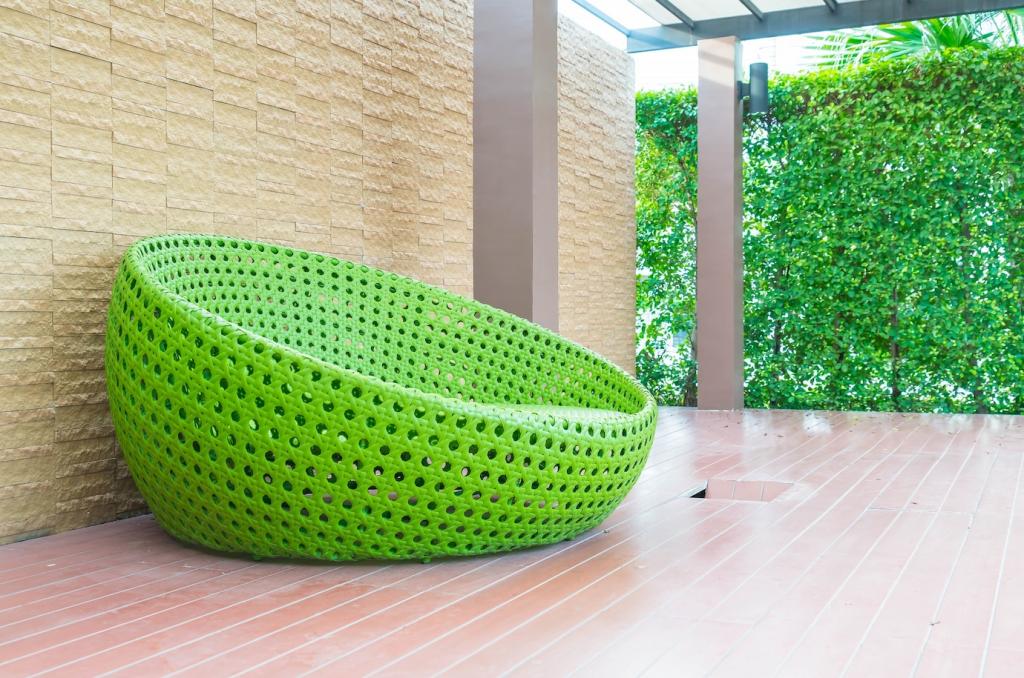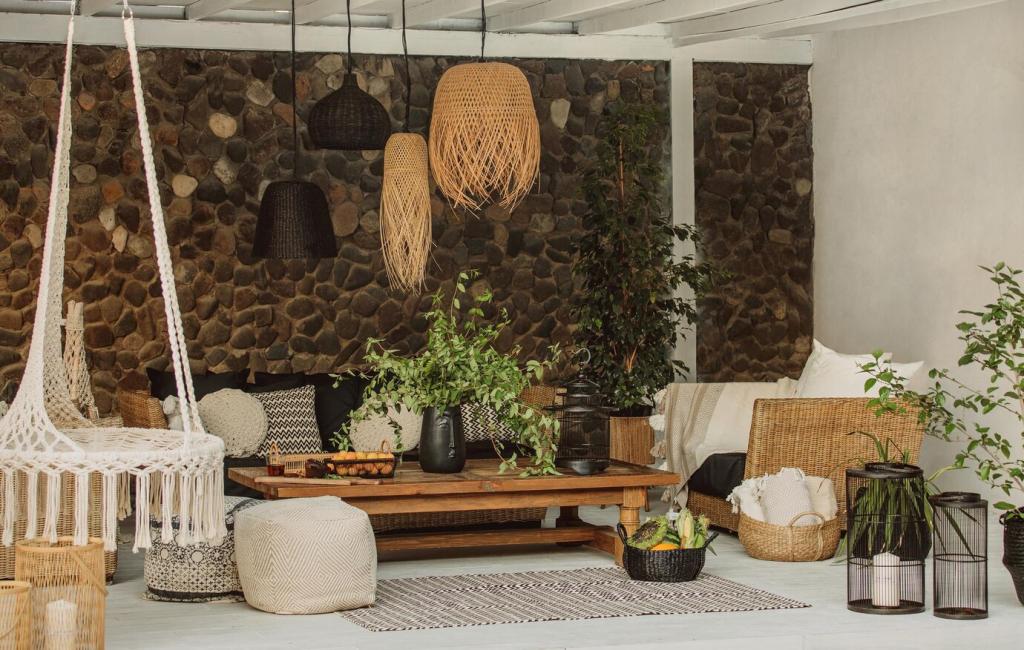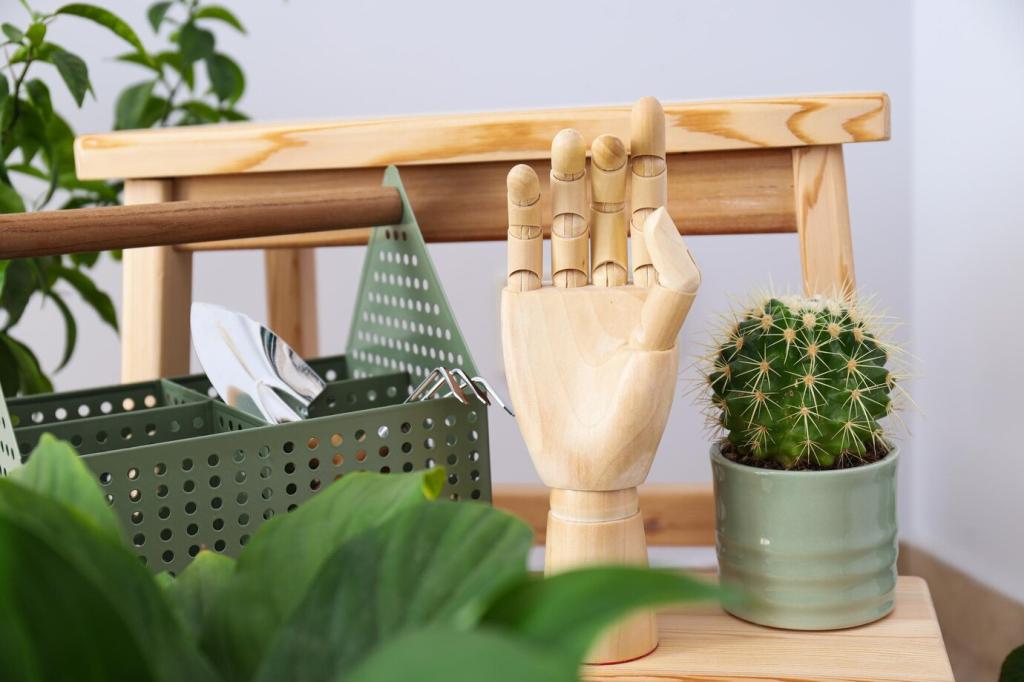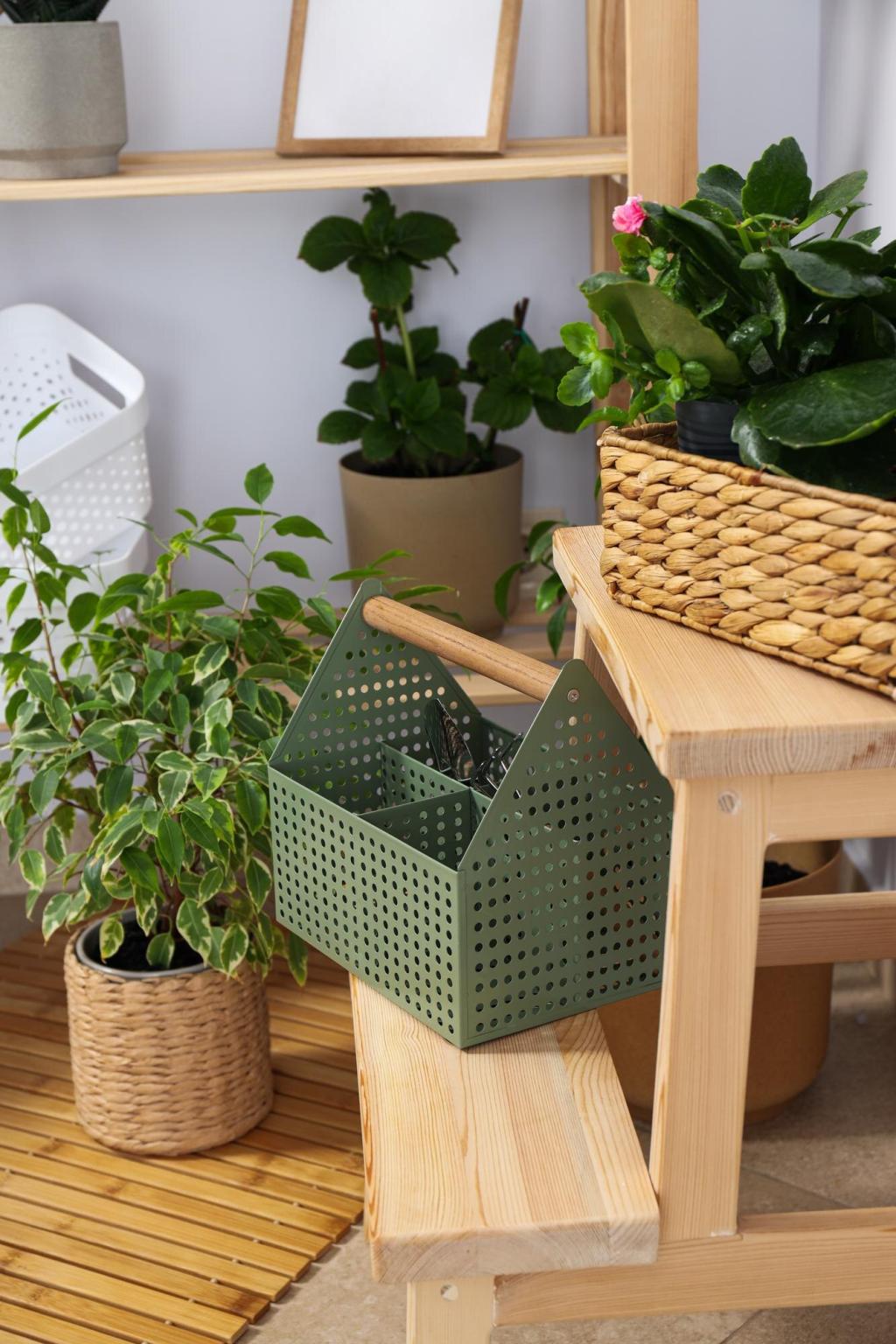
Reducing Waste: Upcycling and Recycling in Home Decor
In recent years, the conversation surrounding sustainable living and mindful consumption has expanded into the world of interior design. As concerns about environmental impact continue to grow, embracing upcycling and recycling in home decor provides a creative and responsible path forward. By repurposing materials and giving new life to old furnishings, individuals can not only reduce waste but also infuse their homes with unique, personalized touches. This approach celebrates resourcefulness, demonstrates eco-conscious values, and helps reshape the aesthetic possibilities within our living spaces.

Opting for upcycled or recycled decor helps minimize waste right at the source. Choosing to repurpose or reinvent existing household items can divert significant quantities of material from landfills. Each lamp made from a wine bottle or shelf built from reclaimed wood lessens the demand on natural resources and lowers the overall impact of manufacturing new goods. The commitment to reuse is both a statement and a practical method for reducing environmental harm.

Selecting secondhand or refurbished items contributes to lowering your household’s carbon footprint. These choices bypass the energy-intensive processes of manufacturing and distribution that accompany brand-new decor purchases. Transportation of goods from production facilities to retailers further amplifies emissions. By embracing what already exists—whether sourced at a local thrift store or reimagined from your attic—homeowners help break the cycle of continuous production and disposal.

Incorporating recycled materials into home decor doesn’t only pertain to metals and glassware. Fabrics, plastics, and even construction debris can find new purposes as statement pieces, practical accents, or structural components in interior settings. This closes the waste loop, transforming discarded objects into functional art while demonstrating a commitment to environmental stewardship. The integration of recycling into home aesthetics offers tangible results for waste reduction.
Creative Upcycling in Everyday Living Spaces
Old tables, worn chairs, and other dated furniture pieces do not have to be discarded. With the right vision, these items can be sanded, painted, or combined to create entirely new treasures. For example, a vintage dresser may be repurposed as a bathroom vanity or a set of mismatched chairs unified with a coat of bold paint. This creative reimagining preserves memories, reduces landfill contributions, and offers truly unique pieces that cannot be replicated by mass production.
Things that may seem destined for the trash—such as glass jars, tin cans, or fabric scraps—hold untapped potential as decor accents. Glass jars can be transformed into pendant lamps, tin cans into planters, and fabric remnants into colorful pillow covers or wall hangings. Each of these projects not only elevates the look of your living spaces but also demonstrates a commitment to conscious consumption by transforming waste into value and beauty.
For those craving more elaborate undertakings, mixed-media upcycling offers endless possibilities. By combining materials such as wood, metal, and textiles from diverse sources, creators can assemble pieces that are as visually compelling as they are sustainable. Wall art constructed from reclaimed wood combined with metal fixtures can become a focal point in any room, while patchwork rugs tell a story of resourcefulness and artistry. This mode of design celebrates individuality and respect for our planet.
Incorporating Recycled Materials Into Modern Design
Eco-Friendly Furnishings With Industrial Flair
Furniture manufacturers are now increasingly utilizing recycled metals and wood in the creation of tables, chairs, and shelving. This gives rise to robust, attractive furnishings that celebrate both history and sustainability. The industrial-chic look, with its exposed metal and weathered surfaces, epitomizes the marriage between recycled content and contemporary aesthetics. Beyond style, these pieces also send a message about your commitment to responsible consumerism.
Glass, Plastic, and Textile Innovations
Advances in recycling technology have revolutionized the use of glass, plastics, and textiles in decor. Recycled glass can be transformed into stunning tiles, countertops, or lighting fixtures that radiate unique colors and textures. Similarly, plastics can be molded into modern rugs or decorative wall panels, while textiles sourced from discarded garments or factory remnants can be woven into new upholstery or blankets. These innovations prove that recycled materials offer both visual appeal and structural integrity.
Sustainable Accents for Every Room
From the living room to the home office, recycled materials can inform every aspect of your decor. Accessories like rugs, frames, lighting, and storage bins crafted from reclaimed materials offer subtle yet meaningful ways to integrate sustainability into your lifestyle. Even the smallest recycled decor accents serve as daily reminders of the positive impact mindful design can have on both personal spaces and the environment at large.

